RAF BFTS in the USA
Even in the period before the USA entered WWII following Pearl Harbour, British military pilots were being trained in America. During mid-1941 six British Flying Training Schools (BFTS) commenced pilot training, followed briefly by a seventh early in 1942. To stay within the terms of neutrality the BFTSs were civilian operated with civilian instructors, an R.A.F. Commanding Officer and small staff, using US Army Air Force (USAAF) service aircraft. Initially, most of the BFTS students progressed from Primary on Stearman PT-13 (one school had Fairchild PT-19s), then Basic on Vultee BT-13 Valiants and finally Advanced on NA AT-6s with a flying syllabus of 120 hours. The five remaining schools processed their final courses during the first half of 1945.
Although there were temporary arrangements for the first few courses, the schools were located at:
- No.1 BFTS Terrell, Texas (a little east of Dallas)
- No.2 BFTS Lancaster, California (North of Los Angeles) (handed over to the USAAF during 1942)
- No.3 BFTS Miami, Oklahoma (near Tulsa)
- No.4 BFTS Mesa, Arizona (near Phoenix)
- No.5 BFTS Clewiston, Southern Florida
- No.6 BFTS Ponca City, Oklahoma
- No.7 BFTS Sweetwater, Texas (started early1942 but soon after handed over to the USAAF)
There is a map: https://en.wikipedia.org/wiki/British_Flying_Training_School_Program
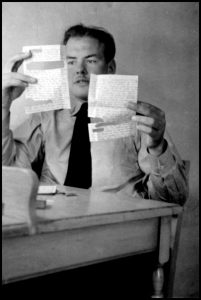
I wonder what is missing?
David Jones joined the RAF on the first day of the war and was called-up in December 1939. After qualifying as a radio operator, he was selected for pilot training and was transported across the Atlantic in a Convoy to Moncton (New Brunswick, Nova Scotia), then by chartered train right across the USA. He finally arrived at Lancaster, California to train with the Polaris Flight Academy at War Eagle Field, Lancaster, California as No.6 course of No. 2 BFTS. He had a camera and kept a record of his travels, aircraft, fellow students, American hosts and places visited on leave (Los Angeles and San Francisco). These he mounted and fully annotated in an Album – some 340 photos in all! On return to the UK, the camera was not used again until after the end of the War.
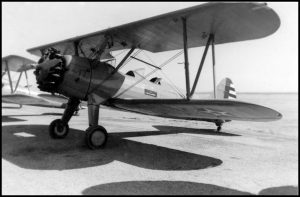
A Stearman waiting for a pilot
The b&w photos following were taken during 28 weeks between the end of November 1941 (10 days before Pearl Harbour) and mid-June 1942. Once back in the UK he converted onto multi-engined (Oxfords) then spent time towing gliders (Masters) followed by several years flying Oxfords with Pilot Advanced Flying Units (P)AFU, while student fighter pilots applied navigation and deflection shooting skills. He was never posted to an active squadron. After the war, he was retained pending transfer to airline training (on account of his vast number of hours), but he gave up being shuffled around between temporary postings and courses, leaving the RAF in May 1948, by which time he had risen from an Aircraftman 2nd Class to Flight Lieutenant.
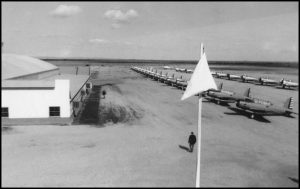
Although not easy to tell, it would appear that the Stearman were in ‘classic’ US Army yellow and blue, The Vultees with a darker fuselage colour, while the AT-6s were natural metal, some with painted cowlings. The logic of the ‘BL-‘ aircraft identity would appear to denote ‘British Lancaster’, all aircraft in the images feature USAAC style wing roundels and rudder markings. The images include a few shots other than AT-6s to provide a slightly wider context. Any T-6 owner looking for a simple American military scheme with a strong British connection, well how about a No.2 BFTS aircraft?
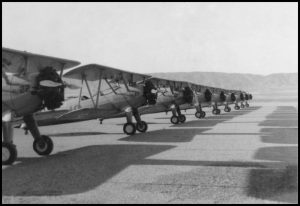
Further reading: On paper: ‘The Royal Air Force in American Skies’. Tom Killebrew, 2015, UNT Press of Texas. American museum site recording No.1 BFTS, Terrell, Texas: https://www.bftsmuseum.org/ An association website dedicated to 5 BFTS: http://www.5bfts.org.uk Including images and text relating to 2 BFTS (compiled by the son of a member of the same course as David Jones): https://sites.google.com/site/12squadronraf/home (interesting site)
Text and photos provided by Brian Jones, son of David Jones (1918-2014).
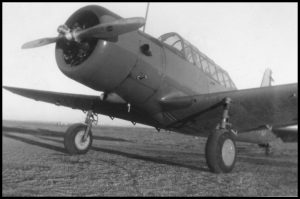
Aircraft Vultee BT.13A Basic Trainer
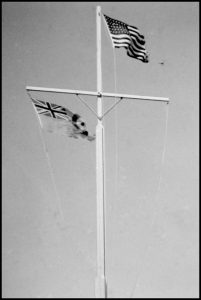
RAF Ensign and ‘Old Glory’ flying together
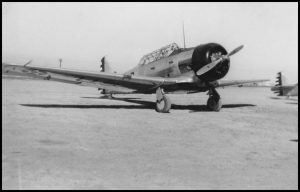
AT-6 with dark cowling
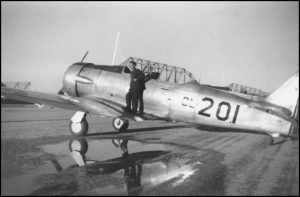
Reflections, BL-201 with posing student
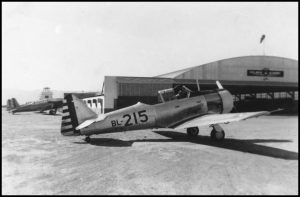
North American AT-6. Missing part of rear canopy.
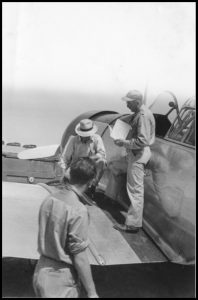
Brawley Airport, filling the tanks on a cross country
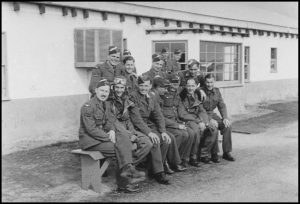
Primary Training 2, Outside the Ready Room
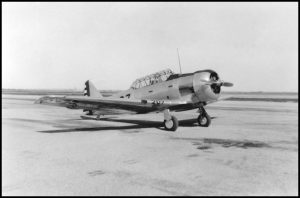
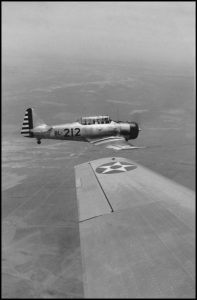
AT6s in formation
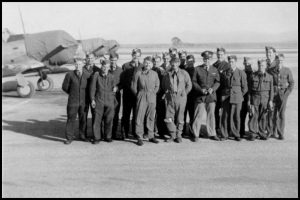
Civilian instructors Dick Sliff, MacMillan, Gordon and some of their RAF students.
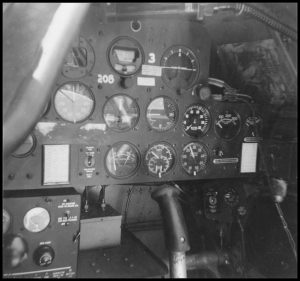
AT-6 instrument panel, aircraft BL-208